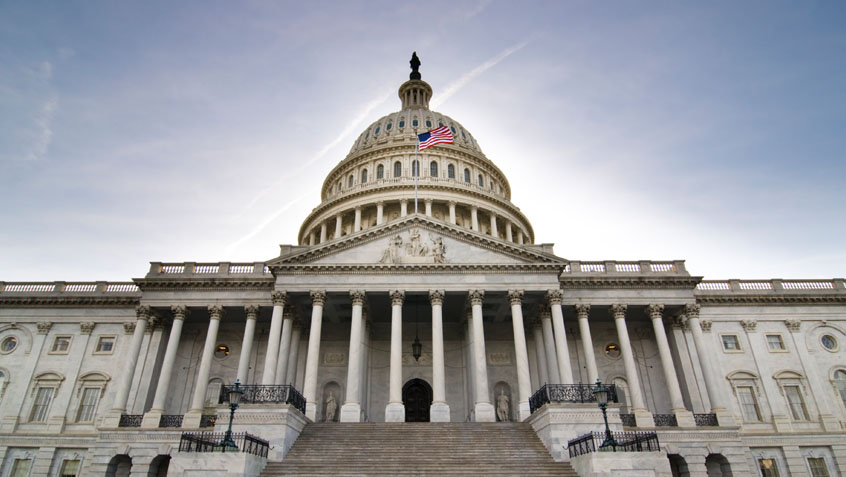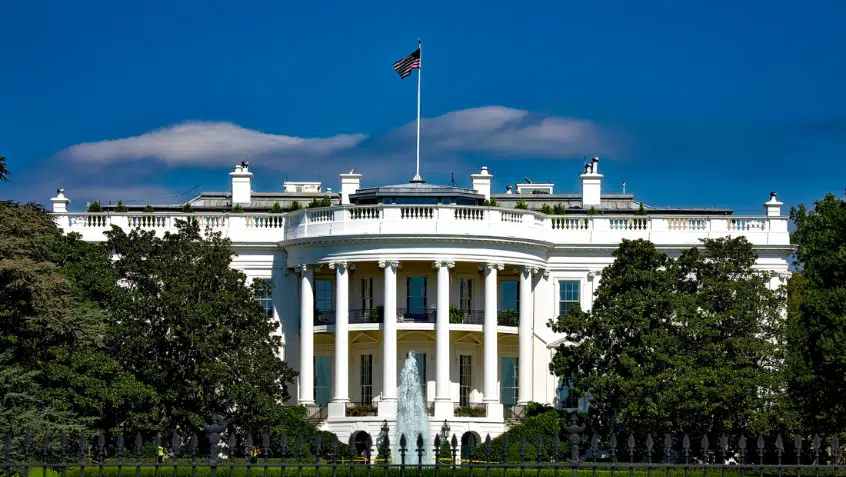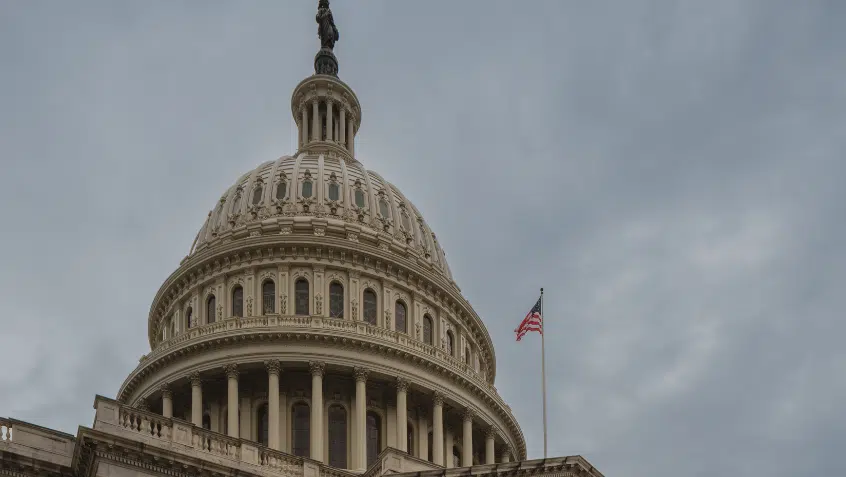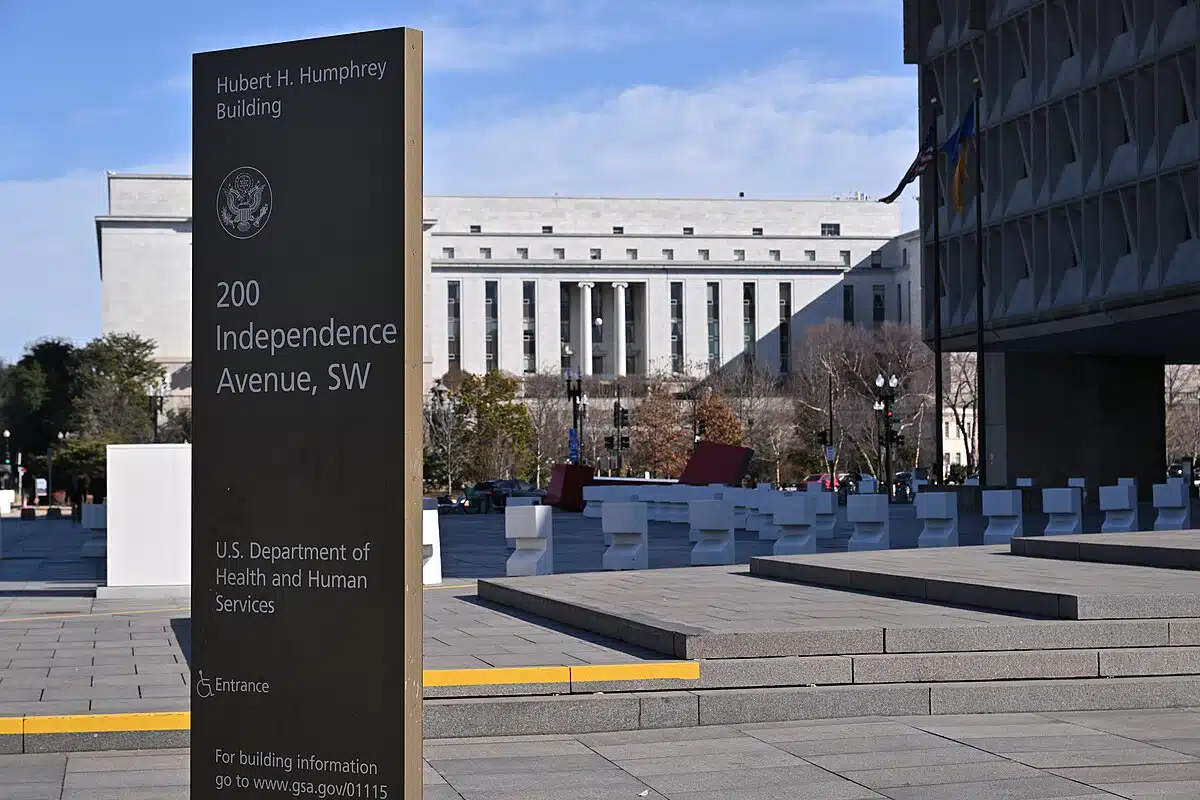Average Medicare Part D Premiums Inch Lower but Drug Affordability Still a Problem
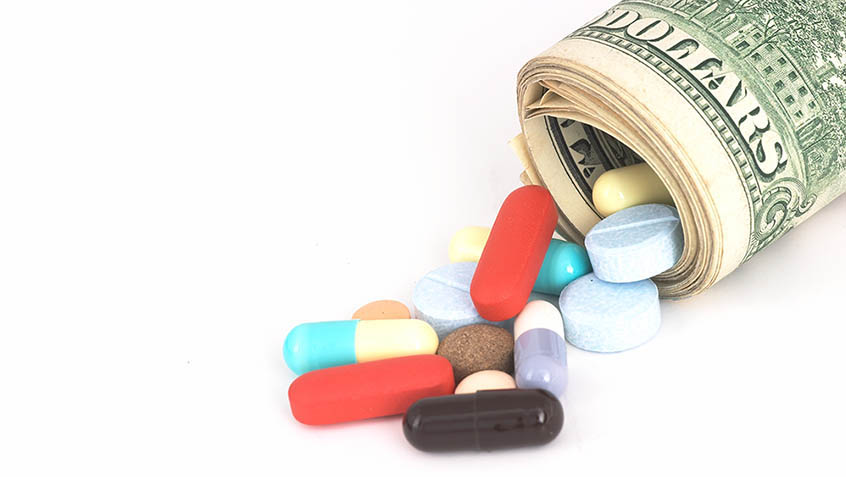
This week, the Centers for Medicare & Medicaid Services (CMS)—the agency that oversees the Medicare program—announced that premiums for Medicare Part D, an optional benefit that provides prescription drug coverage, will be slightly lower for 2019. The average 2018 premium for basic coverage is $33.59, and the projected average for 2019 will be $32.50.
CMS suggests that increased competition and changes in cost sharing are the main reasons for the reduction. However, the drop may more likely reflect changes that Congress made earlier this year that shifted some of the costs for medications in the “donut hole”—a coverage gap in the program where costs for beneficiaries historically increased sharply—away from drug plans and onto manufacturers.
This decline in premiums is good news for people with Medicare, but careful selection of a Part D plan during fall open enrollment—the time of year when people with Medicare can make changes to their coverage– is just as important as ever. Beneficiaries should find a plan that meets their needs and shop every year to ensure they are in the right plan.
The premium reduction also does not fix the problem of affordability for many in the Medicare program. The underlying problem of high drug prices continues to drive up costs for everyone. A report from the Office of the Inspector General (OIG) in June showed that costs for brand-name medications were increasing six times faster than inflation between 2011 and 2015, leading to “greater overall Medicare Part D spending and higher beneficiary out-of-pocket costs for these drugs.” The average out-of-pocket costs for brand-name drugs increased 40% from 2011 to 2015 for people with Medicare Part D, and “the percentage of beneficiaries who had at least $2,000 per year in out-of-pocket costs for brand-name drugs nearly doubled from 3.7% in 2011 to 7.3% in 2015.”
Medicare affordability, including medication, is one of the top concerns on our national helpline every year. The numbers above show why affording prescriptions can be problematic for many and simply reducing premiums does not do enough. CMS recently proposed other changes aimed at lowering drug costs, but as we pointed out in our submitted comments, these changes might do more harm than good. Instead, we must focus on the underlying issues that are making drug prices skyrocket.
Read the CMS announcement of Part D premium reductions.
Read more about new drug pricing proposals.
Read the OIG report about Medicare spending on prescription drugs.
The Latest
Most Read
Congress Moves to Cut Medicaid
Threats to the Social Security Administration and to Benefits Continue to Raise Alarm
House Adopts Senate Budget Plan, Laying the Groundwork for Significant Health Care Cuts
Trump Administration and DOGE Eliminate Staff Who Help Older Adults and People With Disabilities
Add Medicare to Your Inbox
Sign up to receive Medicare news, policy developments, and other useful updates from the Medicare Rights.
View this profile on InstagramMedicare Rights Center (@medicarerights) • Instagram photos and videos

